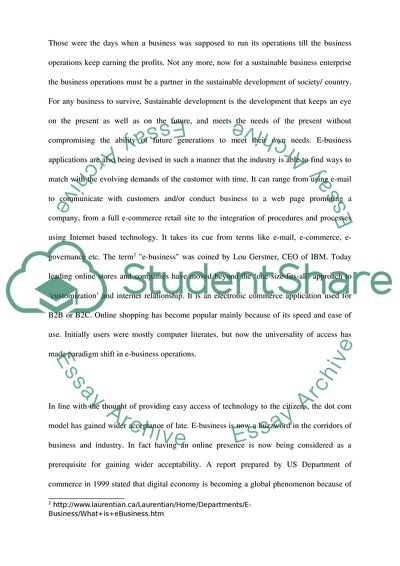Cite this document
(“Economics of the Dot Com Model vs the Multichannel Mode Essay”, n.d.)
Economics of the Dot Com Model vs the Multichannel Mode Essay. Retrieved from https://studentshare.org/information-technology/1527021-analyse-the-economics-of-the-dot-com-model-versus-the-multichannel-mode-with-focus-on-a-particular-industrydo-you-see-the-future-will-see-a-thriving-dot-com-se
Economics of the Dot Com Model vs the Multichannel Mode Essay. Retrieved from https://studentshare.org/information-technology/1527021-analyse-the-economics-of-the-dot-com-model-versus-the-multichannel-mode-with-focus-on-a-particular-industrydo-you-see-the-future-will-see-a-thriving-dot-com-se
(Economics of the Dot Com Model Vs the Multichannel Mode Essay)
Economics of the Dot Com Model Vs the Multichannel Mode Essay. https://studentshare.org/information-technology/1527021-analyse-the-economics-of-the-dot-com-model-versus-the-multichannel-mode-with-focus-on-a-particular-industrydo-you-see-the-future-will-see-a-thriving-dot-com-se.
Economics of the Dot Com Model Vs the Multichannel Mode Essay. https://studentshare.org/information-technology/1527021-analyse-the-economics-of-the-dot-com-model-versus-the-multichannel-mode-with-focus-on-a-particular-industrydo-you-see-the-future-will-see-a-thriving-dot-com-se.
“Economics of the Dot Com Model Vs the Multichannel Mode Essay”, n.d. https://studentshare.org/information-technology/1527021-analyse-the-economics-of-the-dot-com-model-versus-the-multichannel-mode-with-focus-on-a-particular-industrydo-you-see-the-future-will-see-a-thriving-dot-com-se.


